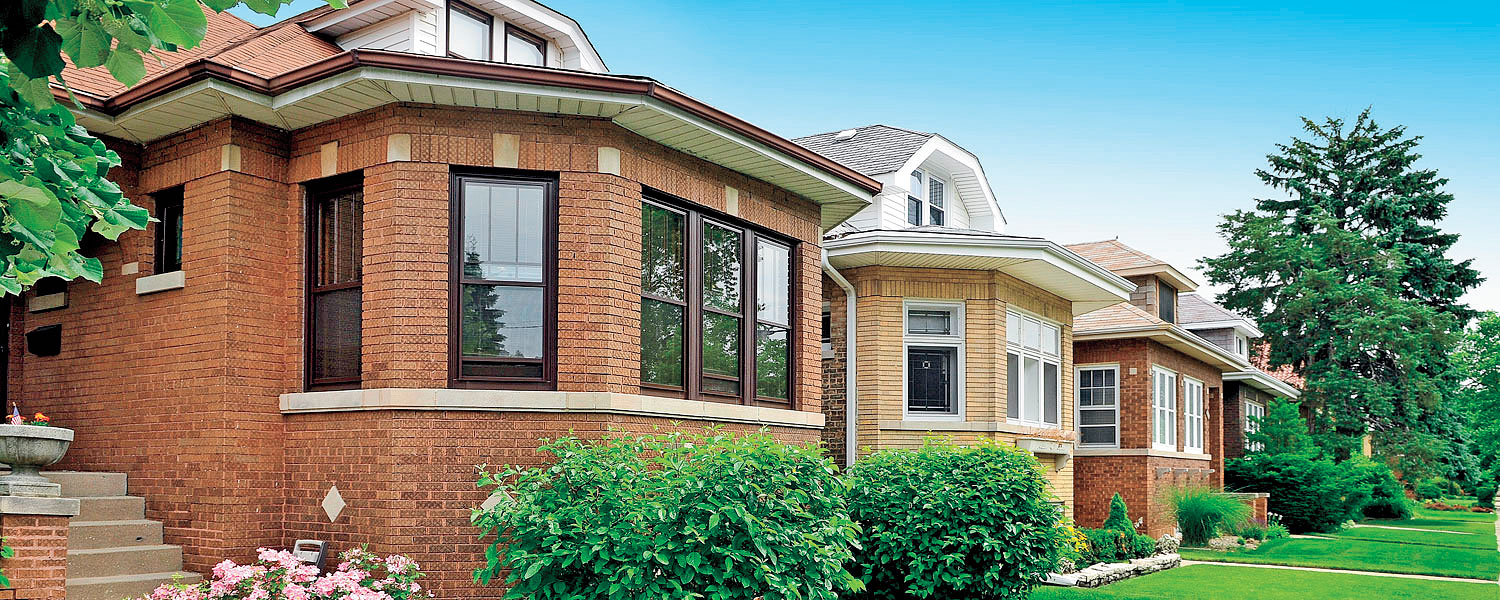Chicago is famously a city of neighborhoods, each with its own charms and challenges. But which offer fewer of the latter and more of the former right now? Things like safe streets, decent schools, convenient transportation, solid housing values, plentiful restaurants and shops, and friendly neighbors?
Advertisement
Chicago set out to identify 12 of them, plus 12 towns in the six-county metro area with similarly stellar advantages. The first step: poring through reams of information.
My editors and I analyzed statistics from Midwest Real Estate Data, the U.S. Census Bureau, the Illinois State Board of Education, and the police departments of Chicago and Illinois for every town in Cook, DuPage, Kane, Lake, McHenry, and Will Counties and every community area in Chicago for which the city collects statistics. (Community areas typically correspond to the neighborhood names that most Chicagoans use, but not always. Some large community areas include several different neighborhoods. For example, West Town includes Wicker Park, Ukrainian Village, East Village, Noble Square, Smith Park, and—as if you weren’t already confused enough—West Town. Don’t worry: We’ve indicated which neighborhoods fall within a community area.)
First we looked at the factor that tends to be uppermost in the minds of families these days: safety. We eliminated from contention all community areas that notched violent crime rates higher than 7.0 offenses per 1,000 inhabitants last year (the city average: 9.3 per 1,000). That meant tossing out the Loop (9.9 per 1,000) and the historic South Side neighborhood of Pullman (11.2 per 1,000), for example. And we eliminated suburbs with violent crime rates above their county’s average—which removed from contention such otherwise appealing places as Evanston (2.2 per 1,000) and Oak Park (2.7 per 1,000), both in Cook County (2.1 per 1,000).
Then we turned to education. If a town or community lacks a public school whose students score above average on standardized tests, we dinged it. And because raising kids in an area that’s at least somewhat diverse is a goal of most parents, we nixed spots where more than 92 percent of residents are of any one race. (Bye-bye, Kenilworth, Western Springs, and Winnetka.)
For the places that remained, we looked at ease of transportation downtown, giving extra points to those that have several el stops and at least one Metra stop. (Places with outstanding schools and low rates of property crime also got bonus points.) And we considered how home prices in these places have fared in recent years compared with prices in neighboring areas, as well as whether buyers there can get good value for their money—which is not the same thing as paying the smallest amount. (For detailed price charts covering all Chicago suburbs and neighborhoods with at least 20 home sales in 2013, see this page with all the housing data.)
Finally, I hit the pavement to assess which spots possess those hard-to-define qualities that matter hugely when you’re looking for somewhere to live. Things like vibrancy (are there lots of bustling restaurants and shops?). Beauty (are there architecturally interesting buildings or just cookie-cutter developments?). Friendliness (does the community have a natural center that brings people together?). Is it, quite simply, a great place to call home?
We crowned four champions each in the North, West, and South Sides of the city. For the rest of the metro area, we chose towns based loosely on county population. In suburban Cook County, we chose five places; in Lake and DuPage Counties, two each; and in Will, Kane, and McHenry Counties, one apiece. On to the winners!




